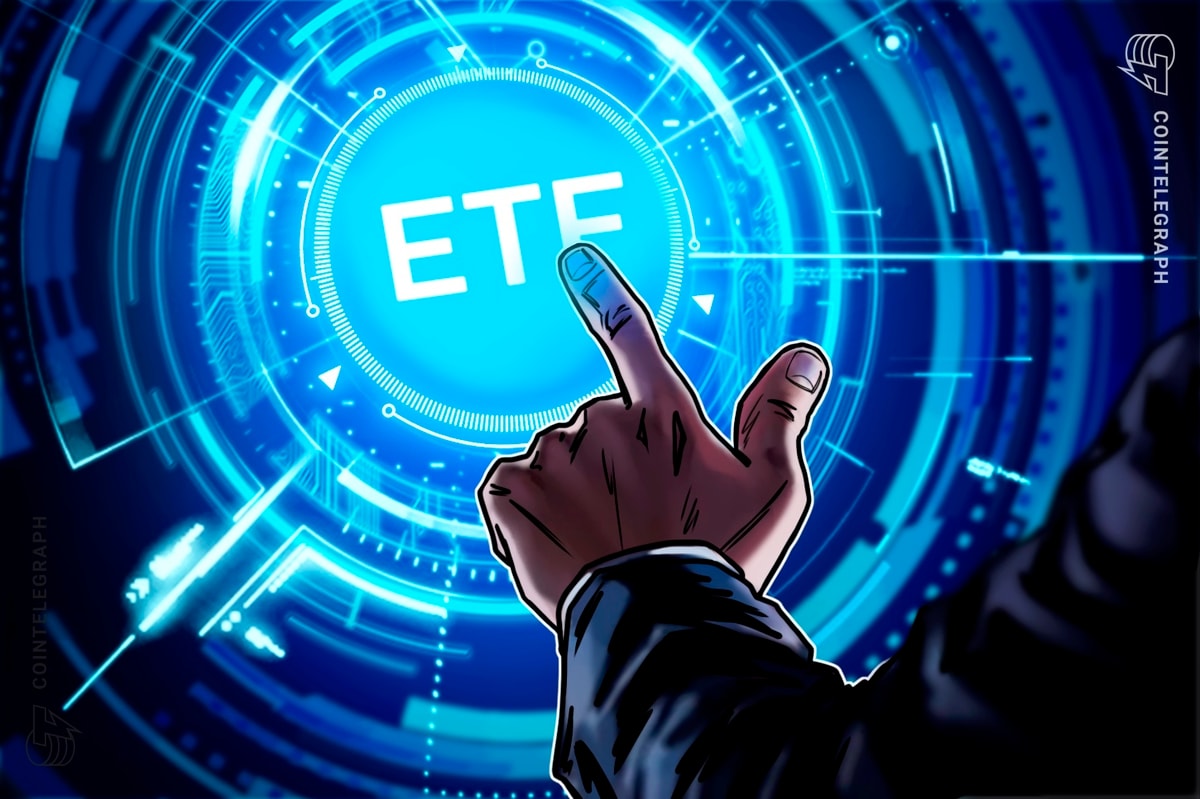Nomura Holdings, a financial services company active in 30 countries, and the GMO Internet Group have formed a partnership focused on issuing Japanese yen and United States dollar stablecoins in Japan.
The partnership will also include Laser Digital Holdings, a Nomura Holdings enterprise that offers trading solutions and asset management for digital assets.
The newly announced partnership will focus on traditional stablecoin issuance, regulatory compliance and stablecoins-as-a-service. Nomura Holdings CEO Kentaro Okuda released a press statement following the announcement, in which he said stablecoins “will inevitably play an important part in financial markets.”
The partnership will “explore the issuance, redemption, and circulation mechanisms of a JPY/USD stablecoin business in Japan,” he said. “This project has the potential to greatly enhance digital asset accessibility and innovation in the Japanese financial landscape.”
In 2022, Japan’s government passed legislation to establish a clear and robust regulatory framework governing stablecoins.
Most notably, the 2022 bill labeled stablecoins as non-securities and required stablecoin issuers to register with Japan’s Financial Services Agency (FSA) before issuing the tokenized fiat equivalents.

Under the current laws, only licensed money transmitters, banking institutions and trusts can issue stablecoins in Japan, and the value of the stablecoins must be pegged to an underlying fiat currency such as Japan’s yen or the U.S. dollar.
Related: Can stablecoins save US freelancers from Venmo fee hike? Industry weighs in
However, algorithmic stablecoins such as the failed TerraUSD have come under the scrutiny of Japan’s Financial Services Agency. The financial regulator has issued warnings about the use and dangers of algorithmic stablecoins, noting a preference for stablecoins backed by actual fiat reserves.
TerraUSD made headlines in May 2022 after faith in the stablecoin began to falter, and the algorithm failed to maintain its 1:1 U.S. dollar peg.
The collapse of TerraUSD began with a steady decoupling from the dollar peg that quickly resulted in a dramatic price implosion of the stablecoin.
Because TerraUSD did not have actual fiat reserves to prop up the algorithmic stablecoin during extreme market volatility, algorithmic failures or other unforeseen events, the stablecoin’s price completely collapsed, draining billions from investors.











